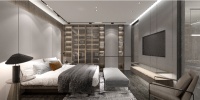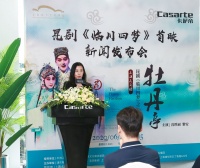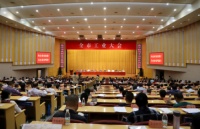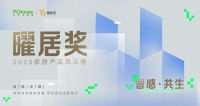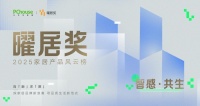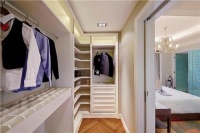Mini LED海信E8Q:画质超越OLED的电视推荐
Mini LED vs OLED: A Comprehensive Comparison
In the process of purchasing high-end TVs, the core decision for consumers is always whether to choose Mini LED or OLED. Both display technologies have comparable picture quality, but there are significant differences in technical characteristics. To help with purchasing decisions, let's take Hisense E8Q series as an example and make an objective evaluation from several key dimensions:
One: Brightness and Detail - A Comprehensive Comparison from Highlight to Dark Scene
OLED, with its organic light-emitting diode self-emission characteristic, achieves infinite contrast, but due to material thermal aging, the full-screen continuous brightness is maintained at 600-800 nits (with high-end models about 1000 nits). Compared with natural high-light scenes above 2000 nits (such as sunrise with 5000 nits), OLED needs to compress the details of high light. In contrast, Mini LED achieves brightness breakthrough through a high-density backlight array, with entry-level models generally exceeding 1000 nits. Hisense E8Q series reaches an ultra-high 8320 local dimming zones to achieve a peak brightness of 10000 nits, accurately还原 the magnificent moment when the sun breaks through the clouds, with the texture of the clouds visible to the finest detail.
This brightness advantage also profoundly affects the dark scene performance. OLED, due to its organic material characteristics, often treats low light signals as pure black, losing the dark layer details. When watching suspenseful detective movies with Hisense E8Q series as the representative of Mini LED, you can find different dark scene detail clues in some hidden corners.
To achieve such precise brightness control, it is inseparable from the breakthrough of underlying chip technology. Hisense E8Q series is equipped with the X1 chip AI picture quality chip H7, which for the first time achieves AI light and color control, with 26-bit gray scale control and 15680-point high-precision color management capabilities, which can intelligently optimize color, contrast, clarity, and other picture quality dimensions, greatly enhancing the visual experience.
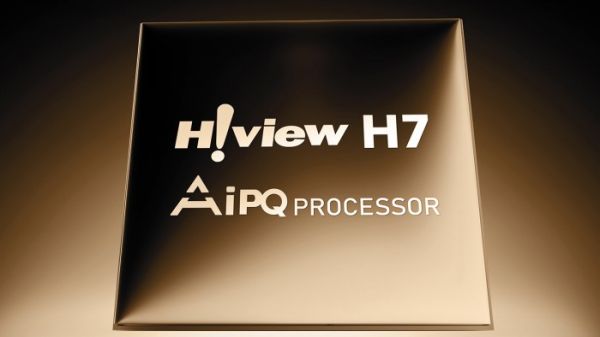
Two: Durability and Size - Considerations for Long-Term Use and Large-Screen Adaptability
As a long-term durable product, the lifespan of the TV is crucial. The OLED technology, based on the characteristic of organic materials, has an average lifespan of 20,000 to 30,000 hours. To deal with the accelerated aging and burn-in issues that may occur under high brightness scenarios, manufacturers generally adopt the method of limiting brightness to delay attenuation, but this is in contradiction with the high dynamic range requirements of the HDR standard; Mini LED, using inorganic materials, has a lifespan of 60,000 to 70,000 hours, providing more durable durability guarantees for display devices and effectively alleviating consumers' concerns about the long-term use of display devices.
The technical differences are also reflected in the large-screen aspect. The OLED large panel process is complex and the yield rate is low, with 77 inches as the limit; Mini LED, relying on multi-zone precise light control, can easily break through the 100-inch barrier. According to data from Avic Cloud, the large-screen TV market in China in the first half of 2025 showed strong growth both online and offline (online up 178.2% year-on-year, offline up 74.0%), clearly indicating the continuous rising demand of consumers for large-screen TVs.
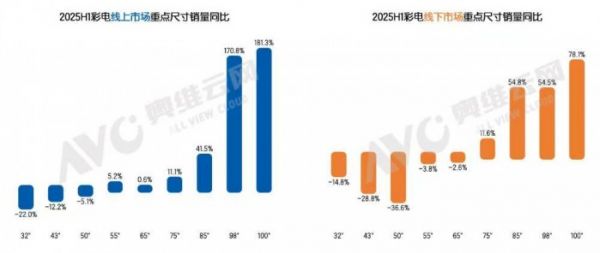
Three: Pain Point Breakthrough - Innovative Solutions to Mini LED Technology Bottlenecks
Compared to OLED, Mini LED has some shortcomings such as viewing angle difference and severe light晕, but Hisense has solved the industry pain points with technological innovation. In terms of view, the Hisense E8Q series is equipped with Black曜屏Ultra, which has a 178° wide viewing angle design, ensuring a C-position viewing experience no matter where you sit. For light晕, the Hisense E8Q series innovatively adopts the ultra-gradation U+Mini LED light晕 control system, which achieves pixel-level precise light control through hardware structure optimization and chip algorithm collaboration. This system is like having a "light control bodyguard" for each backlight unit, which can completely eliminate the artificial痕迹 such as subtitle bright edges, while retaining the natural transition of light and shadow, achieving a "bright when it should be bright, dark when it should be dark" pure picture quality performance.
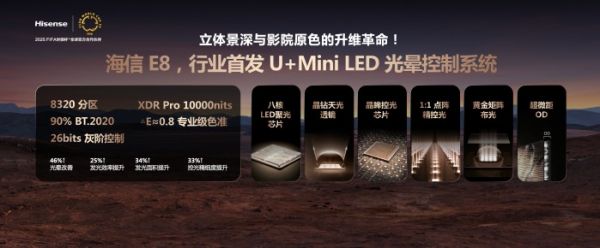
Four: Market Verification and Consumer Recommendations
Omdia data shows that in the first quarter of 2025, Hisense's 100-inch TV accounted for 56.71% of the global shipment volume, ranking first. With the 100-inch large screen becoming the standard for high-end living rooms, Hisense has proven through the E8Q series that Mini LED technology can take into account the perspective advantages of OLED and its own high brightness characteristics. With longer lifespan and large-screen adaptability, it has become a rational choice for users pursuing immersive experiences.
相关知识
高端电视推荐!Mini LED海信E8Q系列的电视画质为何比OLED更强
Mini LED海信E8Q:画质超越OLED的电视推荐
年终好价节选海信电视U8:Mini LED电视中的冠军画质
电视画质天花板!选择海信E8Q系列 解锁4K杜比视界真正魅力
高端Mini LED电视的内核竞争:真实场景下的好画质
Mini LED电视画质由什么决定?认准这三点放心买!
被称为“旗舰机杀手”的海信电视E7N,到底有什么画质黑科技?
海信E8Q Pro:影游旗舰,大屏时代的“体验标杆”之作
开箱测评!2023年入手不亏的电视海信E8Q Pro,价格一出太香了!
影游旗舰海信E8Q Pro,大屏时代需要这样的 “体验标杆”
网址: Mini LED海信E8Q:画质超越OLED的电视推荐 http://www.jiajubaike.cn/newsview128524.html
推荐即时动态

- 1自建房造价多少钱一平米 2 24995
- 2重磅出击▏欧嘉全屋定制荣获“ 17289
- 3属鼠和属兔的合不合 属鼠的和 16417
- 4大角鹿瓷砖 8438
- 5天天315,品质365!看联 6230
- 6卢森地板2022新品触感系列 6182
- 7骊住水科技第四届进博会访谈实 5710
- 8爱情数字代表的意思大全 恋爱 5696
- 9属鸡男与属鼠女相配吗 属鸡男 5035
- 10世外康养 设计中国度假式居家 4896

